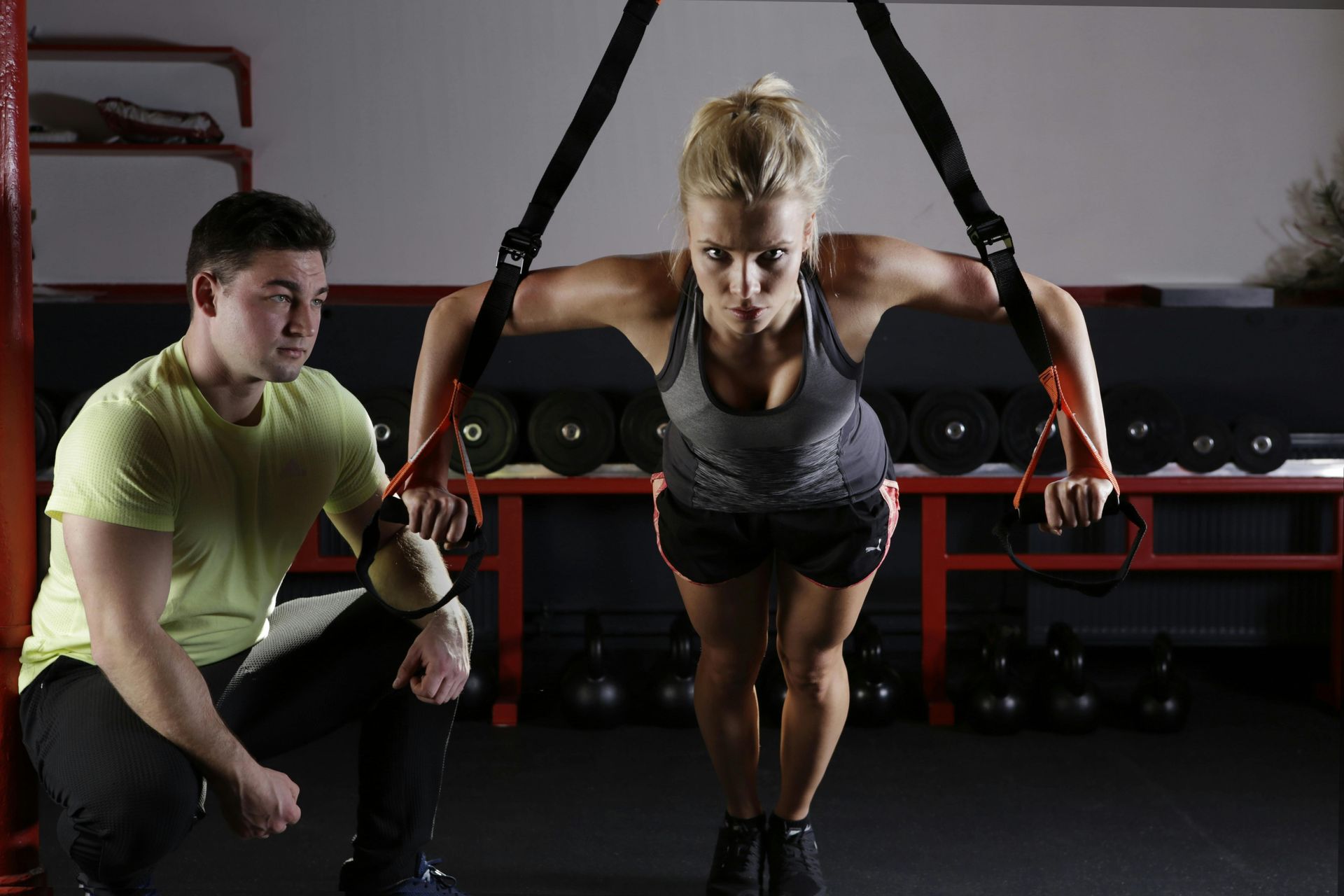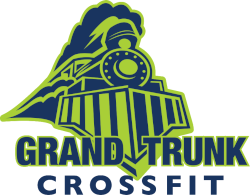Training with and Around Lower Back Injuries
Lower back injuries can be frustrating and debilitating, but they don’t have to derail your fitness journey. Many people wonder whether they should continue exercising or take a complete break when dealing with back pain. The truth is, continued training can be beneficial for recovery and overall health.
Why Continued Training Matters
1. Promotes Healing
Gentle movement can help increase blood circulation to the injured area, which is crucial for healing. Engaging in low-impact activities can reduce stiffness and improve your range of motion, allowing your back to recover more effectively.
2. Maintains Mobility
Staying active helps preserve your flexibility and mobility. When we become inactive due to pain, our muscles and joints can become stiff, making it harder to return to regular activities. Regular, gentle movement can counteract this stiffness.
3. Strengthens Supporting Muscles
A strong core, hips, and legs provide crucial support to the lower back. By focusing on exercises that strengthen these areas, you can enhance stability and reduce the risk of further injuries. A strong foundation is key to a healthy back.
4. Prevents Deconditioning
Prolonged inactivity can lead to muscle atrophy and decreased cardiovascular fitness. By incorporating safe exercises, you can maintain your overall physical condition, making it easier to return to your regular training routine once you're fully healed.
5. Mental Health Benefits
Dealing with an injury can be mentally taxing. Exercise releases endorphins, which can alleviate stress and anxiety. Staying active can improve your mood and help you feel more in control during a challenging time.
Strategies for Training Safely
1. Consult a Professional
Before starting any exercise regimen, especially after an injury, it’s crucial to consult a healthcare provider or physical therapist. They can help create a personalized plan tailored to your specific needs and limitations.
2. Focus on Low-Impact Activities
Consider activities such as swimming, cycling, or walking. These exercises provide cardiovascular benefits without putting excessive strain on your lower back. They can help maintain your fitness level while allowing your back to heal.
3. Incorporate Strengthening Exercises
Strengthening your core and back muscles is vital. Exercises like planks, bird-dogs, and gentle resistance training can enhance stability. Avoid movements that cause pain, and gradually increase intensity as you improve.
4. Emphasize Flexibility and Mobility Work
Gentle stretching and mobility exercises can relieve tension in your back and improve flexibility. Activities like yoga or Pilates can be beneficial, but ensure you modify poses to avoid strain.
5. Listen to Your Body
Pay close attention to your body’s signals. If an exercise causes pain, stop and reassess. It’s essential to differentiate between discomfort related to healing and pain that indicates further injury.
6. Incorporate Rest and Recovery
Balance activity with adequate rest. Overdoing it can lead to setbacks, so make sure you allow time for recovery. Proper sleep and nutrition also play a crucial role in healing.
7. Focus on Posture
Maintaining good posture during exercises and daily activities is essential. Poor posture can exacerbate back pain, so be mindful of your alignment whether you’re lifting weights or sitting at a desk.
Conclusion
Training with and around lower back injuries is possible and can also benefit your recovery. Focusing on rehabilitation, mobility, and strength while listening to your body can support your healing process and maintain overall fitness.
Remember, always consult a healthcare professional for personalized guidance and support. With the right approach, you can continue your fitness journey and emerge stronger from your injury. Stay active, stay positive, and take care of your back!
Previous WODs


Find Better Health & Wellness at Grand Trunk CrossFit Today!
Book your free intro today to see how we can help you reach your fitness goals.



